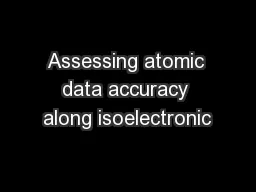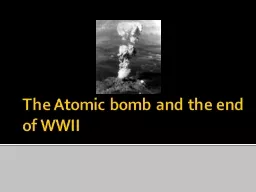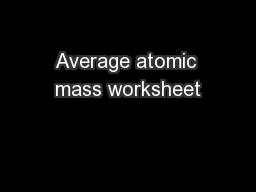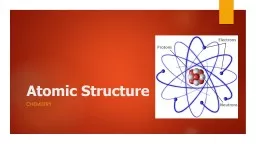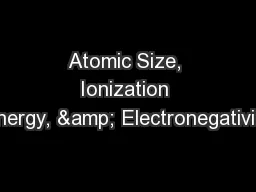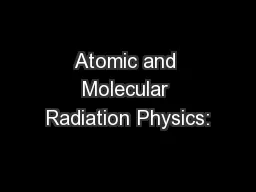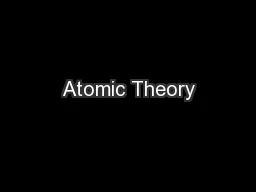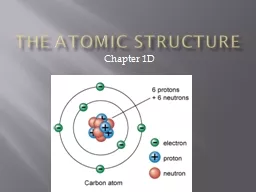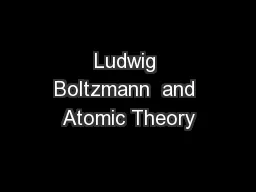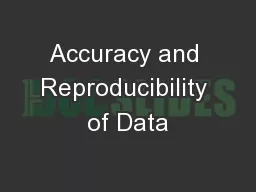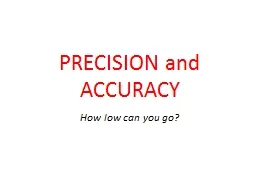PPT-Assessing atomic data accuracy along isoelectronic
Author : olivia-moreira | Published Date : 2015-12-01
sequences Peter Young George Mason University VA Uri Feldman Artep Inc MD Work funded by NSF and NASA The CHIANTI atomic database Atomic data and software package
Presentation Embed Code
Download Presentation
Download Presentation The PPT/PDF document "Assessing atomic data accuracy along iso..." is the property of its rightful owner. Permission is granted to download and print the materials on this website for personal, non-commercial use only, and to display it on your personal computer provided you do not modify the materials and that you retain all copyright notices contained in the materials. By downloading content from our website, you accept the terms of this agreement.
Assessing atomic data accuracy along isoelectronic: Transcript
Download Rules Of Document
"Assessing atomic data accuracy along isoelectronic"The content belongs to its owner. You may download and print it for personal use, without modification, and keep all copyright notices. By downloading, you agree to these terms.
Related Documents

